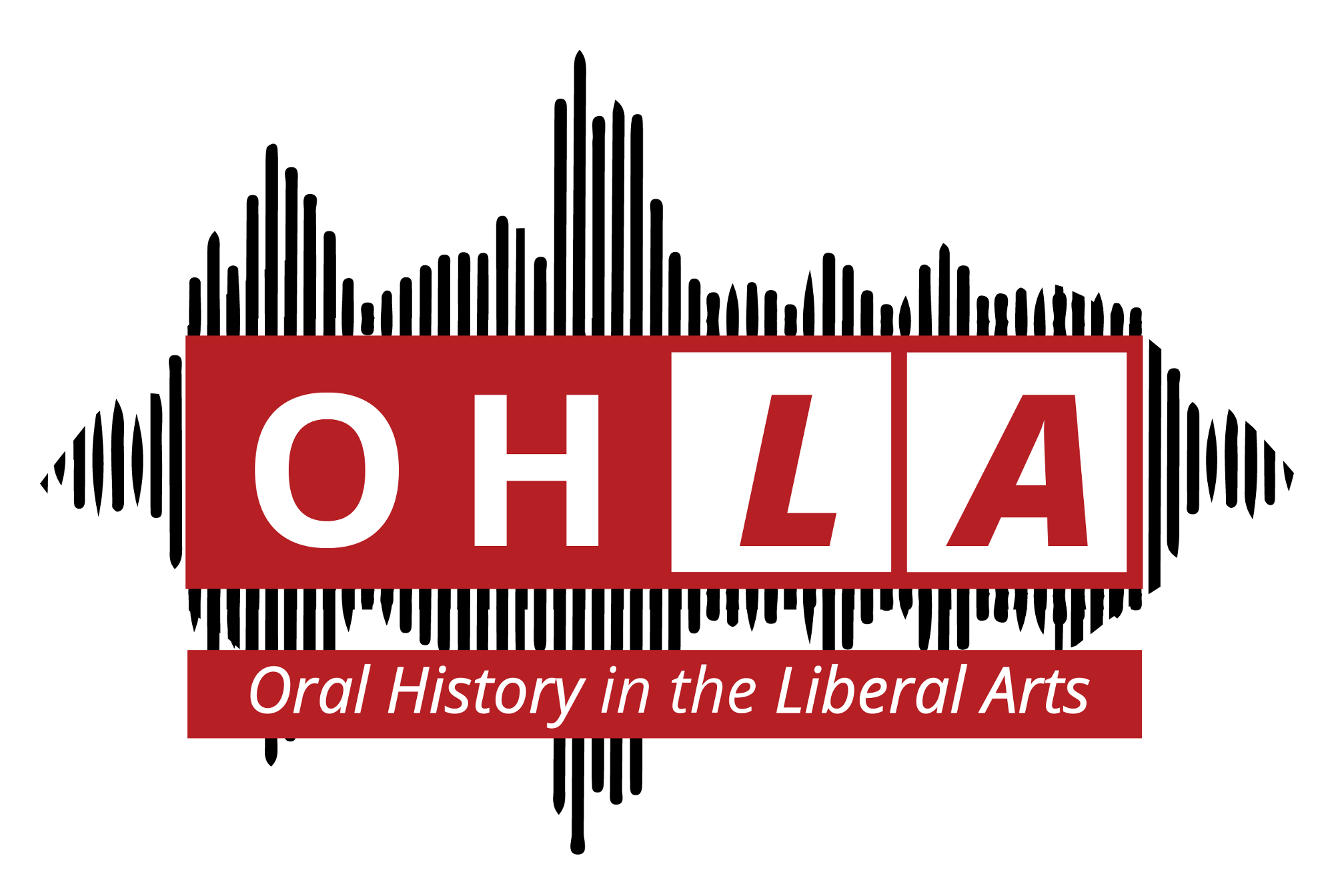One of the things that I love about oral history and ethnographic projects is that they have the potential to center community voices, invaluable work in oft-ignored midwestern small towns. This is also important work for students who feel disconnected from the town they reside in for most of the year—it moves them into long conversations with community members, puts them in the “listening seat” rather than asking them to conduct service, and it fosters a clear sense of connection with the community. It was important to me that students conduct this particular oral history project with the goal of opening their work to community members, and so I decided to ask them to develop a mini-series of podcasts that would both shine a light on the creative work happening in town and also enact a critical analysis of the larger culture’s treatment of youth.
I’m not a podcaster and have never recorded my own podcast. But I’m an avid podcast fan and was determined to teach students how to develop their own. The first step in teaching them how to do this was to help them to think like a podcaster. They had to understand the conventions and forms of podcasting; they had to realize that they couldn’t simply air an unedited 60-minute interview if they wanted folks to listen; they had to consider sound effects, background sounds, building the story, and so on. With no formal training in this myself, I opted to teach the students as I had taught myself: through listening.
Early in the semester, I asked students to work in pairs to conduct a formal analysis of an assigned podcast. I rounded up a list of strong podcasts, making sure to choose various styles. For example, I assigned This American Life as a documentary-style podcast; Death, Sex, Money for its interview format; and Radiolab for its most experimental, open format. Students were asked to listen to at least three episodes, taking careful detailed notes, and then choose one episode for a more formal analysis. After conducting this work, each pair presented their analysis to the class in a roundtable format. Each pair was also asked to play a 1-2 minute clip from the podcast for the class as a source of inspiration.
This roundtable discussion was particularly helpful. Students tossed around ideas for our own podcast series. A group volunteered to produce an opening sequence that would unify all of our podcasts and transitional audio to use at transition points in all of the podcasts. Students discussed what they found to be effective or not and why; considered strategies for telling their own stories; and perhaps most importantly, learned that podcasts must be well-planned and carefully executed with the listeners’ experience in mind.
If you’re interested in the classroom exercise I described above, follow this link to view the assignment.




